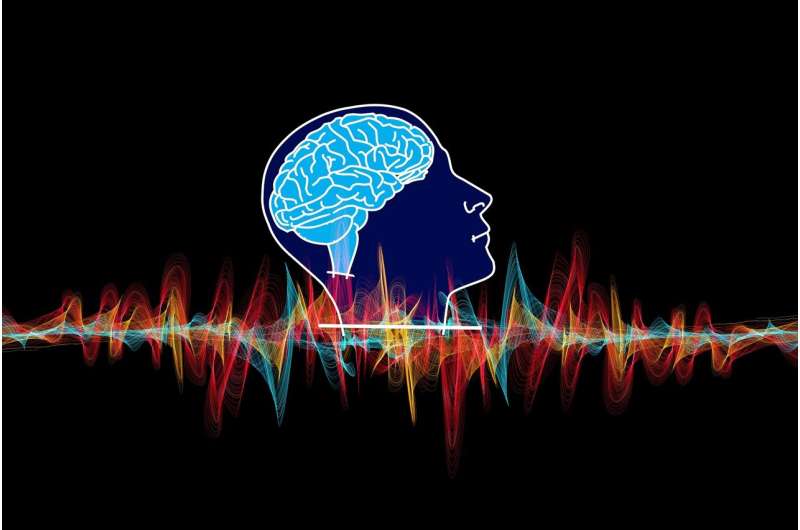Innovative Algorithm Reveals Links Between Brain Structure and Function

A new algorithm, the Krakencoder, developed by Weill Cornell Medicine researchers, provides a more unified view of how the brain's physical wiring relates to its activity and functions, paving the way for advanced neurological research and treatments.
Researchers at Weill Cornell Medicine have developed a novel computational tool, dubbed the Krakencoder, that advances our understanding of how the brain's physical wiring relates to its activity and functions. Published June 5, 2025, in Nature Methods, this study leverages imaging data from the Human Connectome Project to align neural activity with underlying brain circuitry. The breakthrough helps map the complex relationship between structural and functional connectivity, crucial for deciphering how we think, behave, and respond to injuries or diseases.
Mapping the brain's connections is vital not only for basic neuroscience but also for clinical applications, including identifying biomarkers for neurological disorders and designing personalized treatments. The brain is a highly intricate network of neurons whose connections—collectively known as the connectome—form the physical basis of neural communication. Meanwhile, the functional connectome highlights patterns of synchronized activity between brain regions. Interestingly, these regions do not always activate together as expected, indicating a complex interplay between structure and function.
Dr. Amy Kuceyeski emphasizes that current methods for mapping these networks vary considerably, often leading to inconsistent representations. Variations in imaging techniques and processing pipelines make it seem like examining the brain in a dark room with different people touching different parts of an elephant—each with a different perception. To address this, her team created the Krakencoder, an autoencoder-based tool that synthesizes multiple versions of brain connectivity data into a unified model, providing a clearer picture of the brain's networks.
The team trained the Krakencoder using data from over 700 participants in the NIH's Human Connectome Project, enabling it to predict functional connectivity patterns from structural data with unprecedented accuracy—roughly 20 times better than previous methods. Beyond this, the model could also estimate individual characteristics such as age, sex, and cognitive performance scores, which are typically challenging to determine solely from imaging.
Future applications include combining the Krakencoder with the NeMo tool, designed to analyze connectomes affected by diseases like stroke. For instance, in ongoing research led by Ph.D. student Christie Gillies, the combined approach predicts motor and speech recovery outcomes more accurately than traditional scans alone. Such insights could enhance targeted therapies, including magnetic stimulation of specific circuits to promote brain repair.
This innovative approach marks a significant step forward in understanding how brain architecture supports specific functions and behaviors. By integrating and refining various imaging approaches, scientists can better comprehend the neural basis of cognition, and potentially develop more effective interventions for neurological conditions.
Source: https://medicalxpress.com/news/2025-06-algorithm-brain-function.html
Stay Updated with Mia's Feed
Get the latest health & wellness insights delivered straight to your inbox.
Related Articles
Innovative Patient-Reported Outcome Tool Enhances Sleep Apnea Management
A new validated patient-reported outcome tool, PLATO, has been introduced by the American Academy of Sleep Medicine to improve sleep apnea treatment monitoring and patient engagement in clinical settings.
Enhancing Pediatric Specialty Care Access Through E-Consults
A groundbreaking study at UC Davis demonstrates that pediatric e-consults improve access to specialty care, reduce wait times, and enhance healthcare efficiency for children across the country.
Guidelines for Offering Preventive Mastectomy to High-Risk Women
New research indicates that extending preventive mastectomy to women with a higher lifetime risk of breast cancer can significantly reduce disease incidence, supported by cost-effectiveness analyses.
Innovative Imaging Technology Tracks Brain Waves to Enhance Disease Research and AI Development
Stanford researchers have developed advanced optical devices to visualize brain waves in unprecedented detail, offering new insights into neural activity, disease mechanisms, and AI development.



